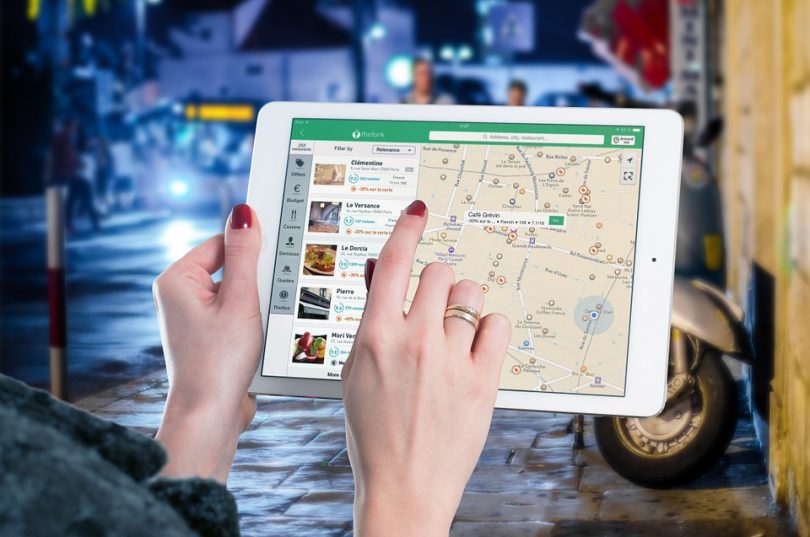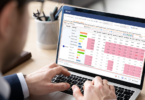Contents
Business today has grown increasingly reliant on customer and performance data. This practice is called business intelligence, where information coming in directly influences future decisions and strategies.
Incoming data might explain why customers dislike a particular product or service. It might highlight new opportunities a company can take. Some companies might even use it to enter new markets or expand.
While many different types of data and information prove useful to modern business, nothing quite tops the power of geospatial data. Suitably called location intelligence, it involves a wide variety of information and statistics about a user or audience’s current whereabouts. It may also include certain connected habits, like how often they visit a location or where they spend most of their time.
What Is Geospatial Data?
Geospatial data is any data or information linked directly to a location or position on Earth. For example, business intelligence data — including customer addresses, stores they visit, call centers they interact with or even sales territories — mostly a form of geographic or geospatial data. That is, of course, provided the related datasets include location coordinates.
Just about any pre-existing data can be geospatial, too, when it ties in coordinates and location info. It may also include lesser forms of location-based user interactions, such as beaconing or in-store tracking. Both these methods involve collecting information about a customer’s movements inside brick-and-mortar locations.
The problem when it comes to Australian businesses is that a vast majority aren’t utilising geospatial data, putting them a bit behind when compared to other markets such as the US and Canada.
How Can Businesses Leverage It?
Small to medium-sized businesses can leverage location and geospatial intelligence to grow their brand and better understand customers. It enables more informed decision-making, especially regarding local demographics. It helps brands better deal with competitors, vendors and partners. Also, it can outline new markets that would be suitable for future business.
Business mapping — or the method of organizing data spatially on a map — is one of the most common ways to visualise location data. The technique is especially helpful when trying to discern sales or customer territories. It’s remarkably effective, too, and helps break down an area or region in more detail, which is necessary to build relevant and more contextual experiences.
Ultimately, the study of geospatial data helps achieve two things. The first is it helps you understand — in more granular terms — an audience or customer base. With geospatial data, you segment the population to create targeted groups or categories suitable for future campaigns and engagements.
The second achievement is to deliver more personalized experiences or promotions to said audience.
Google does an excellent job of this, especially on mobile, where it tailors search results and business details to the user’s current location. A simple web search for recipes, for example, will also return information about local eateries. Even though the user searched for something different, it might pique their interest in eating at one of the places in their search results.
Small businesses can do something similar by tying promotions to location datasets. If a customer is walking by your store, why not send a discount or deal to get them inside? Or, if you know a customer is already inside, why not send them a special offer based on their purchase history?
Studying user habits by location can also unlock new opportunities such as new ways to market or promote your business, new ideas for products or just new target groups altogether.
Merging the Digital World With the Physical
In the end, geospatial data and location intelligence are about bridging the gap between digital and physical experiences. You’re building an omni-channel marketing and promotions system that uses the best of both worlds.
It adds value to many different industries, including retail, health care, finance, transportation, customer service and many others. While big business can undoubtedly benefit from implementing its use, as well, smaller and medium-sized businesses will see the real boon. It affords opportunities to compete at a higher level, expanding reach and influence in more successful ways.







